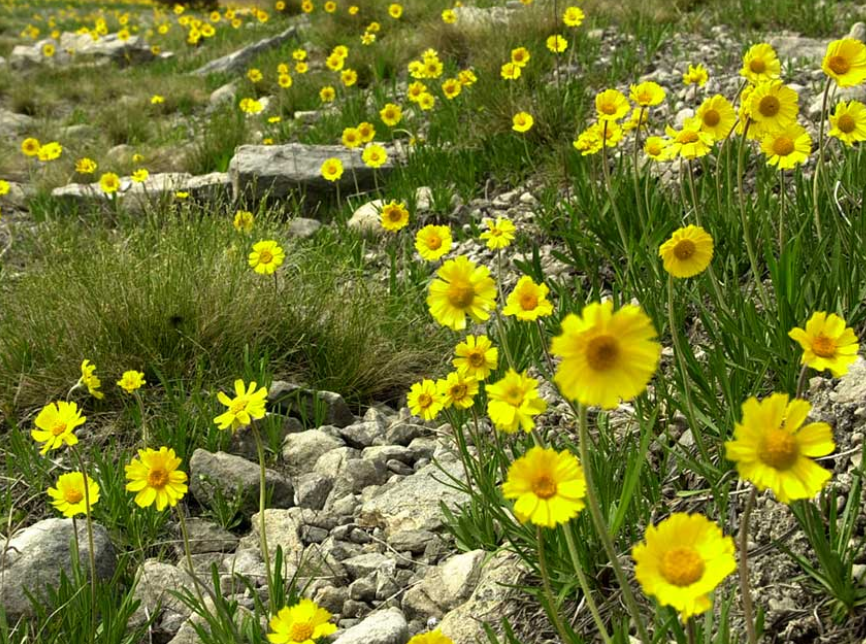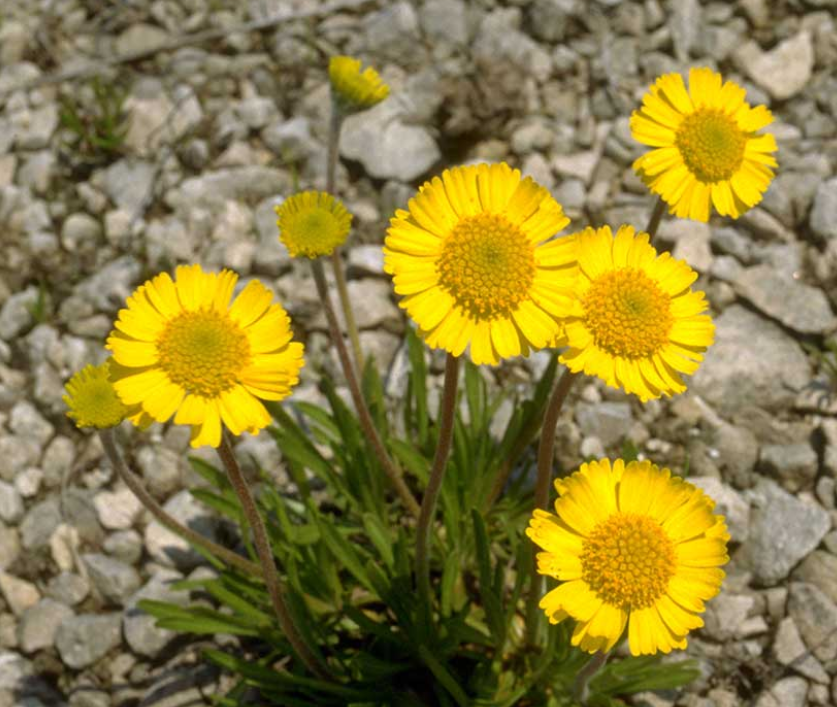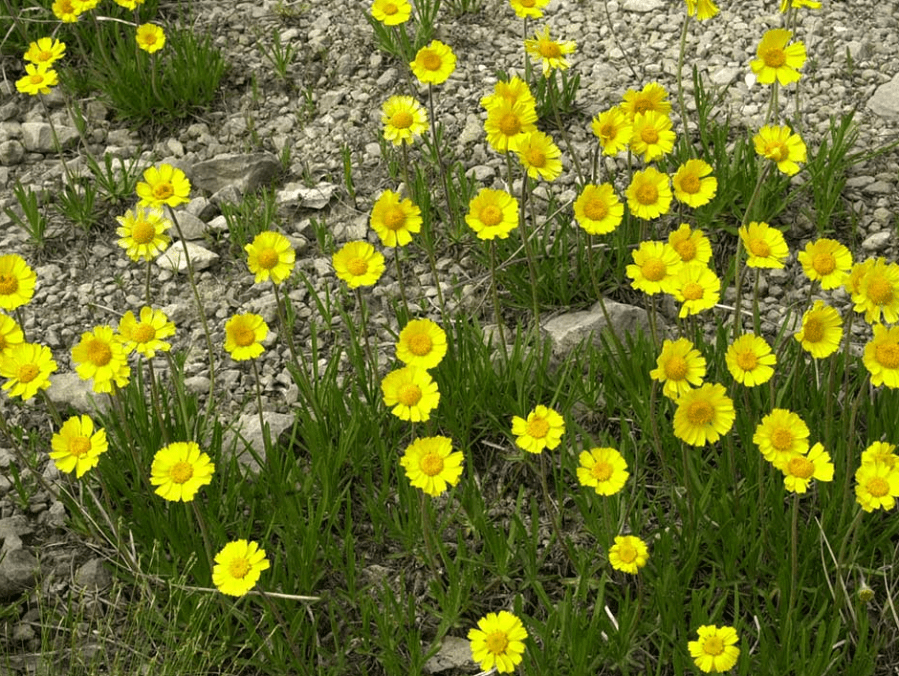COLUMBUS, Ohio (WCMH) – One of the rarest plants in the country is a bright yellow wildflower, which blooms in Ohio in May.
Characterized by its singular yellow flower and leafless stalk, the lakeside daisy is considered to be a federally threatened plant. The only state in the country where the rare bloom is known to grow naturally is Ohio, according to the state Department of Natural Resources.
However, central Ohio residents who want to see the wildflower will have to take a trip. The Marblehead Peninsula in northern Ohio is home to the only known naturally occurring lakeside daisy population.
Specifically, the natural population can be seen at the Lakeside Daisy State Nature Preserve, which was established to protect the rare plant. The preserve was established in 1988, debuting as a 19-acre parcel, before expanding to 136 acres in 2019. Located at 309 Alexander Pike in Marblehead, guests can visit the conservation area to see the wildflowers from the half-hour before sunrise to the half-hour before sunset.
The flowers blossom in early to mid-May. All the plants in a given population tend to bloom at the same time, producing “the spectacular effect of a golden blanket across the rocky landscape,” according to the ODNR. Blooms begin to fade after about a week, and about a month later, the vibrant yellow flowers disappear as the plant begins dispersing its seeds.
“This long-lived perennial grows where few others can, on nearly barren limestone bedrock in full sunlight,” the ODNR’s website states. “In early to mid-May, the bright yellow flowers of the Lakeside Daisy adorn the otherwise bleak, sunbaked landscape of the Marblehead Quarry.”
The wildflower has been successfully introduced in a few other locations in the state, including at the Huntley-Beatty Preserve on Kelleys Island and Castalia Quarry Metro Park in Erie County.
Outside of the United States, the flower is naturally occurring in Canada in the Bruce Peninsula and Mantioulin Island. It was also historically known to grow naturally in Illinois, before it went locally extinct in the 1980s; it has since been reintroduced in the state. In 1996, the flower was discovered in Michigan’s Upper Peninsula, and it is unclear whether the population was natural or introduced, according to the ODNR.
The wildflowers at the Ohio nature preserve represent the largest population of the plant in the country. Despite this, the flower is still classified as endangered in the Buckeye State.
The yellow blooms, which help support bees and other pollinators, thrive in environments based on a rock plain, with a shallow layer or no soil. Habitat loss from quarrying and human development has contributed to the species’ endangered status.













